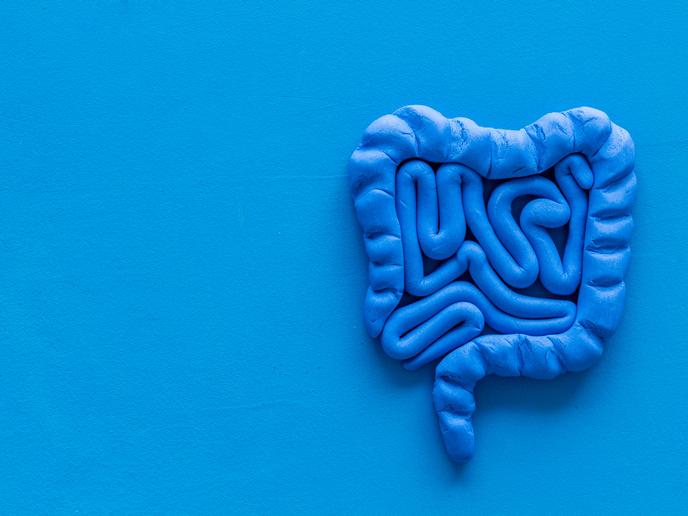EU-AIMS: Towards personalised approaches for autistic people
Autistic people say that there is no one-size-fits-all approach to helping them. Some say their autism does not need treating because they value it as a key part of their identity. Others want treatment for specific aspects such as sensory difficulties or social interaction, but not at the expense of positive aspects of autism. Some prioritise treatment of conditions such as epilepsy, which they experience alongside autism. EU-AIMS changes the playing field The EU-AIMS (European Autism Interventions – A Multicentre Study for Developing New Medications) team has changed the playing field by showing there is no single characteristic shared by all autistic people at either the behavioural, cognitive, neurobiological or genetic levels. Instead, researchers began to identify individual neurocognitive profiles and link them to patterns of autism progression. EU-AIMS focused on developing effective treatments matched to individual needs and biological profiles and overcoming a number of research obstacles, including: Traditional approaches attempted to treat symptoms without understanding underlying causes or mechanisms; most prior studies only included 15-30 autistic people, which is insufficient to identify ‘subgroups’; research into the biology of autism has lacked reliable methodologies; and clinical trials have usually included small numbers of diverse participants, limiting likelihood of success because treatments may only work effectively in some subgroups. The EU-AIMS project took an unprecedented multi-faceted approach. Declan Murphy, Project Lead and Professor at Kings College London (KCL) says: “We started by improving knowledge of the biological diversity of autism, translated results of rodent studies to make them relevant to humans, demonstrated that certain compounds could affect the biological differences seen in autism – including in autistic adults – and searched for biomarkers that could enhance clinical trials.” New treatment targets through genes and biomarkers One way to identify new treatment targets is to start with genes associated with some forms of autism and ask what are their effects on the development of nerve cells and communication between them? This impacts a child’s brain development and, in turn, social, cognitive and emotional development. In EU-AIMS, animal models and new non-invasive techniques, such as induced pluripotent stem cells, were used to trace causal links from genes and environmental factors to molecular changes and biological pathways. Researchers also tested whether certain compounds were effective in rodent and cellular models, thereby identifying potential new treatments based on an improved understanding of underlying biological mechanisms. A key task was then to ‘translate’ findings from animal models to humans by finding measures that can be safely used in humans – even babies – such as high-tech magnetic resonance spectroscopy, electroencephalogram (EEG), and respectively structural and functional MRI (sMRI/fMRI). Another EU-AIMS focus was the identification of biomarkers. These are any objective measure, such as genes, patterns of brain activity or a test score, that predicts how a person may develop or respond to interventions. Biomarkers could be used in autism diagnosis to predict whether symptoms will change during development, and to select the best interventions, support or treatment for any given person. There were three studies with a total of over 1 200 participants, and they were assessed at a scale and in-depth level unprecedented in Europe. EU-AIMS was also the first academic/industry group to obtain ‘qualification advice’ from the European Medicines Agency (EMA). This crucial step improved understanding between regulatory authorities, academics and industry, and played a key role in developing new EMA guidelines on drug testing. Next, the consortium successfully launched AIMS-2-TRIALS to continue its work, adding a programme of education and engagement, particularly for early career researchers, and a group of Autism Representatives to ensure engagement of autistic people in research.
Keywords
EU-AIMS, autism, ASD, treatment, rodents, clinical trial







